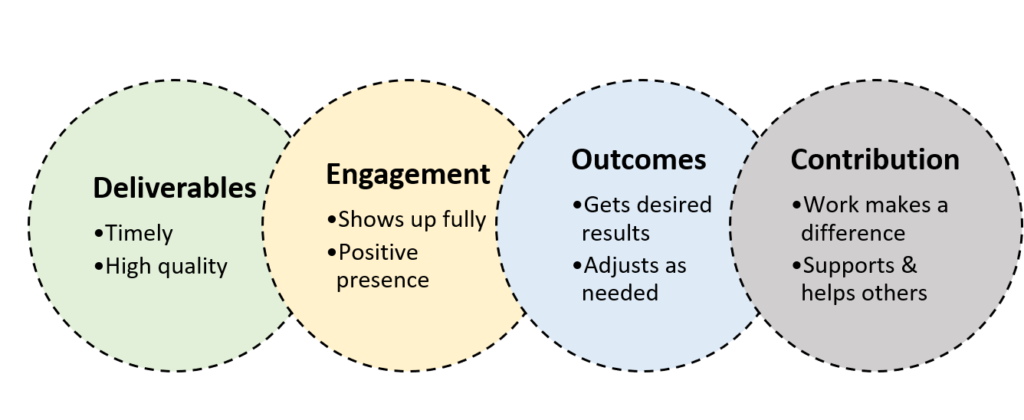I still remember my nervous stomach the first time I flew with husband in his very small and very noisy and very cramped aircraft. He had just gotten is VFR (visual flight rules) license and this was his inaugural flight with a passenger.
Once we got airborne, he informed me that my job was twofold: to monitor the map using landmarks below and to keep watch for other aircraft in the vicinity. My nervousness multiplied and my alertness to my surroundings and bearings ratcheted up.
That however pales in comparison to later flights after he had earned his IFR (instrument flight rules) rating. With this rating, one can fly in low visibility using instruments alone. In fact, part of the training is flying with a hood over your head that blocks all vision other than the instrument panel (with an instructor at your side).
When pilots lose their ability to visually navigate, funny things happen. You physically can’t tell if you are flying right side up or upside down. You realize you are moving at incredible speed without being able to see what you are flying into. It is one of the most disorienting, disconcerting, and frightening experiences I have had. (If you want to experience this – watch this video.)
Going from VFR to IFR takes more skill, more training. It requires you to pilot differently and to be more vigilant.
The shift from leading visually to virtually is no different and is equally as disorienting.
And right now, leaders everywhere are facing an abrupt, unplanned for and unprecedented change in the last six months. Without warning, without a plan, without any preparation – they have been asked to lead teams who are, along with them, hunkered down in their homes. They have gone months without face to face meetings. They have had to adjust to new tools, new protocols, and all in a rapidly changing environment.
Even leaders with teams who are on-site are leading with rotating scheduling, social distancing, more virtual interactions than they could ever imagine.
Perhaps you are leader who was used to and quite comfortable with “managing by walking around” (OK – that dates me😊). Who likes to have your finger on the pulse at all times. Who has people pop in your office or who joins your team at lunch or to just likes being able to observe who is doing what.
Now you have lost many of the signals that helped guide you as a leader. Who is engaged? Who is struggling? Who has questions? Who is getting their work done? Who seems to be off task? What used to be easy is now a challenge.
Visually you can make small adjustments – almost seamlessly. A team member has a question – you are there to answer it. Another seemed abnormally quiet in the meeting – and you notice and check in with them. See a puzzled look – you ask how you can help.
To lead well virtually you must be more planful, more alert, more willing to try new ways of working together to see what works.
Leading well virtually requires even more than that. We must communicate more and be clearer about the work and our expectations. We must move from measuring effort to focusing on results. As a visual leader, it is far too easy to assume the person that came in early, stayed late and worked through lunch is your star performer. We are inclined to equate effort with value.
Virtual leadership asks that we decouple time from task and effort from results. By its nature, it forces our focus to what really matters: delivering results that matter.
I’d suggest you create your own virtual instrument panel – and the following four areas are a great start.
Deliverables
Leading virtually requires that you are extraordinarily clear about expectations on what your employees are to deliver. Depending on the work, it may be something tangible like a website, a marketing campaign, a report, or a plan. It may be intangible like a well-executed closing process, an exceptional customer experience or a project completed. No matter the deliverable, there are two metrics to measure to:
- Are deliverables done on time?
- Are they at the quality you would like?
Engagement
Engagement is more about HOW the work gets done than getting the work done. It this employee “with you” or merely along for the ride? Do they put energy and effort into their work? Are they responsive in the way you expect them to be? And what is the spillover effect to those that work with them. Are they toxic/troublesome or positive/helpful. Two simple metrics to consider:
- Do they show up fully?
- Are they a positive presence with those they interact with?
Outcomes
This is the metric that begins to get to the heart of the matter – for it asks us if what we are doing is getting the right result. Your team may have made the right number of sales calls, but did that effort result in sales? Your team may have delivered thousands of lines of tested code, but does the code enable the software to work as intended? Two questions I’d encourage you to ask:
- Is this person (or team) getting the desired results?
- If not, are they able to adjust as needed so that they do?
Contribution
And finally, we are to the bottom line. How does this person (or team) contribute? To others? To the team? To the unit or function? To the organization? Once again, this measure encompasses both what they do and how they do it. Are they contributing work that matters? And are they supporting and helping others do their best and most impactful work as well?
- Does their work make a difference?
- Do they support and help others make a difference as well?
Flying without visuals requires strict focus to the instruments and readings. Leading virtually does as well. And when you stop measuring by time and effort alone and shift your focus to outcomes and results – good things happen!






